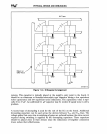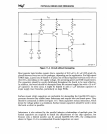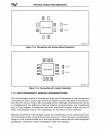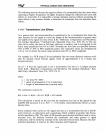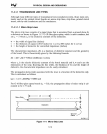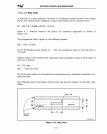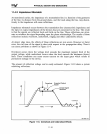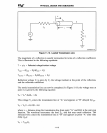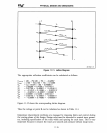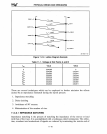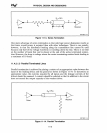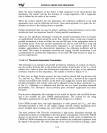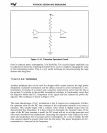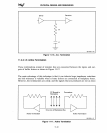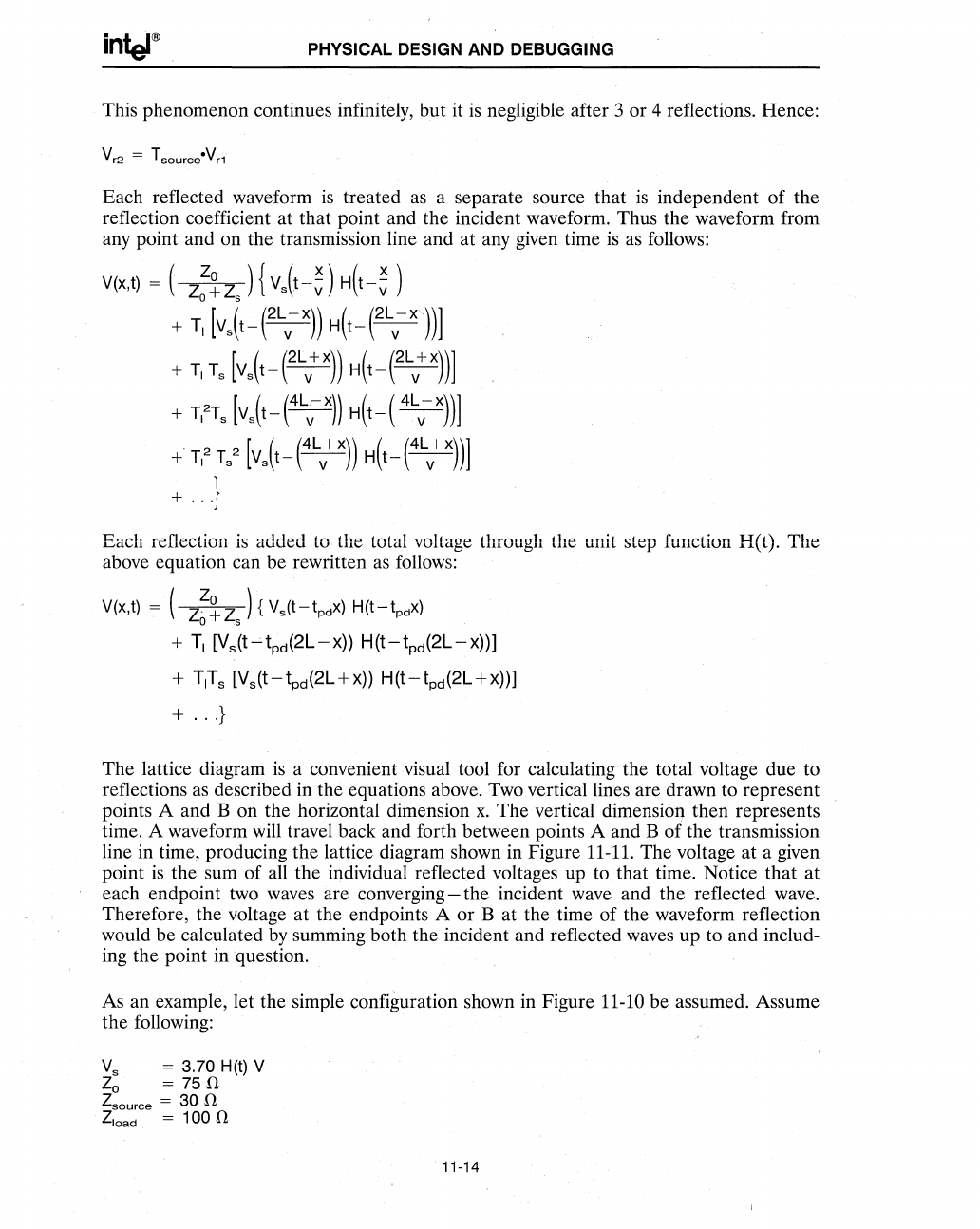
PHYSICAL DESIGN AND DEBUGGING
This phenomenon continues infinitely, but it
is
negligible after 3 or 4 reflections. Hence:
Each reflected waveform
is
treated
as
a separate source that
is
independent of the
reflection coefficient at that point and the incident waveform. Thus the waveform from
any point and on the transmission line and at any given time
is
as follows:
Each reflection
is
added to the total voltage through the unit step function H(t). The
above equation can be rewritten as follows:
V(x,t) = (
Z~~Zs)
{Vs(t-tpd
X
)
H(t-tpdx)
+
TI
[Vs(t-'tpd(2L-x))
H(t-t
pd
(2L-x))]
+
TITs
[V
s
(t-t
pd
(2L+x))
H(t-t
pd
(2L+x))]
+
...
}
The lattice diagram
is
a convenient visual tool for calculating the total voltage due to
reflections as described in the equations above. Two vertical lines are drawn to represent
points A and B on the horizontal dimension
x.
The vertical dimensioll then represents
time. A waveform will travel back and forth between points A and B of the transmission
line in time, producing the lattice diagram shown in Figure
11-11.
The voltage at a given
point
is
the sum of all the individual reflected voltages up to that time. Notice that at
each endpoint two waves are converging - the incident wave and the reflected wave.
Therefore, the voltage at the endpoints A or B at the time of the waveform reflection
would be calculated
by
summing both the incident and reflected waves up to and includ-
ing the point in question.
As an example, let the simple
configuration shown in Figure 11-10 be assumed. Assume
the following:
Vs
= 3.70 H(t) V
Zo
=
75!1
Zsource
= 30 !1
Zioad
= 1 00
!1
11-14



